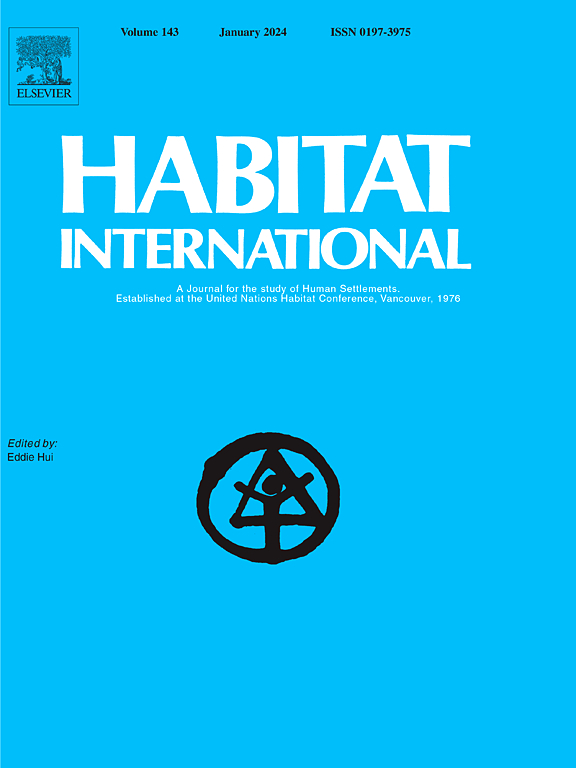Mining activities drive the temporal and spatial changes of ecosystem carbon storage in coal resource-based city with high groundwater table
IF 6.5
1区 经济学
Q1 DEVELOPMENT STUDIES
引用次数: 0
Abstract
Land use/cover change (LUCC) drives the change in carbon storage of terrestrial ecosystems, and the LUCC in coal resource-based cities are influenced by both mining activities and urbanization. However, there is a lack of systematic research on the change in ecosystem carbon storage, the driving mechanisms, and future predictions under multiple factors of resource-based cities. This study takes Jining, a typical coal resource-based city with high groundwater of China, as a case to explore the changes in carbon storage and driving factors from 2000 to 2020, and to predict the changes in carbon storage under different reclamation and urbanization intensities. The research shows that from 2000 to 2020, ecosystem carbon storage decreased by a total of 15.57 Tg, with 16.76 % of mining areas experiencing a decline in ecosystem carbon storage. Mining factors explain the decrease in ecosystem carbon storage better than urbanization factors. From 2000 to 2020, the top four factors explaining the reduction in ecosystem carbon storage are ranked as follows: land subsidence > land reclamation > nighttime light > GDP. In the short term, land reclamation can offset the carbon loss caused by increased urbanization intensity. Choosing a strategy of low-intensity urbanization and high-intensity reclamation is the best option for maintaining ecosystem carbon storage. This study reveals the driving role of mining activities in the changes of carbon storage in resource-based cities and provides policy-makers with a relatively reasonable land management policy.
采掘活动驱动高地下水位煤炭资源型城市生态系统碳储量时空变化
土地利用/覆被变化驱动着陆地生态系统碳储量的变化,煤炭资源型城市的土地利用/覆被变化同时受到采矿活动和城市化的影响。然而,目前对资源型城市生态系统碳储量的变化、驱动机制及多因素影响下的未来预测缺乏系统的研究。本文以中国典型的高地下水资源煤炭资源型城市济宁市为例,探讨2000 - 2020年济宁市碳储量变化及其驱动因素,预测不同垦殖强度和城市化强度下的碳储量变化。研究表明,2000 - 2020年,矿区生态系统碳储量累计减少15.57 Tg, 16.76%的矿区生态系统碳储量出现下降。采矿因素比城市化因素更能解释生态系统碳储量的减少。2000 - 2020年,对生态系统碳储量减少影响最大的4个因素依次为:地面沉降;土地开垦>;夜间灯光>;国内生产总值。在短期内,土地复垦可以抵消城市化强度增加带来的碳损失。低强度城市化和高强度垦殖是维持生态系统碳储量的最佳选择。研究揭示了矿业活动对资源型城市碳储量变化的驱动作用,为政策制定者提供了较为合理的土地管理政策。
本文章由计算机程序翻译,如有差异,请以英文原文为准。
求助全文
约1分钟内获得全文
求助全文
来源期刊

Habitat International
Multiple-
CiteScore
10.50
自引率
10.30%
发文量
151
审稿时长
38 days
期刊介绍:
Habitat International is dedicated to the study of urban and rural human settlements: their planning, design, production and management. Its main focus is on urbanisation in its broadest sense in the developing world. However, increasingly the interrelationships and linkages between cities and towns in the developing and developed worlds are becoming apparent and solutions to the problems that result are urgently required. The economic, social, technological and political systems of the world are intertwined and changes in one region almost always affect other regions.
 求助内容:
求助内容: 应助结果提醒方式:
应助结果提醒方式:


